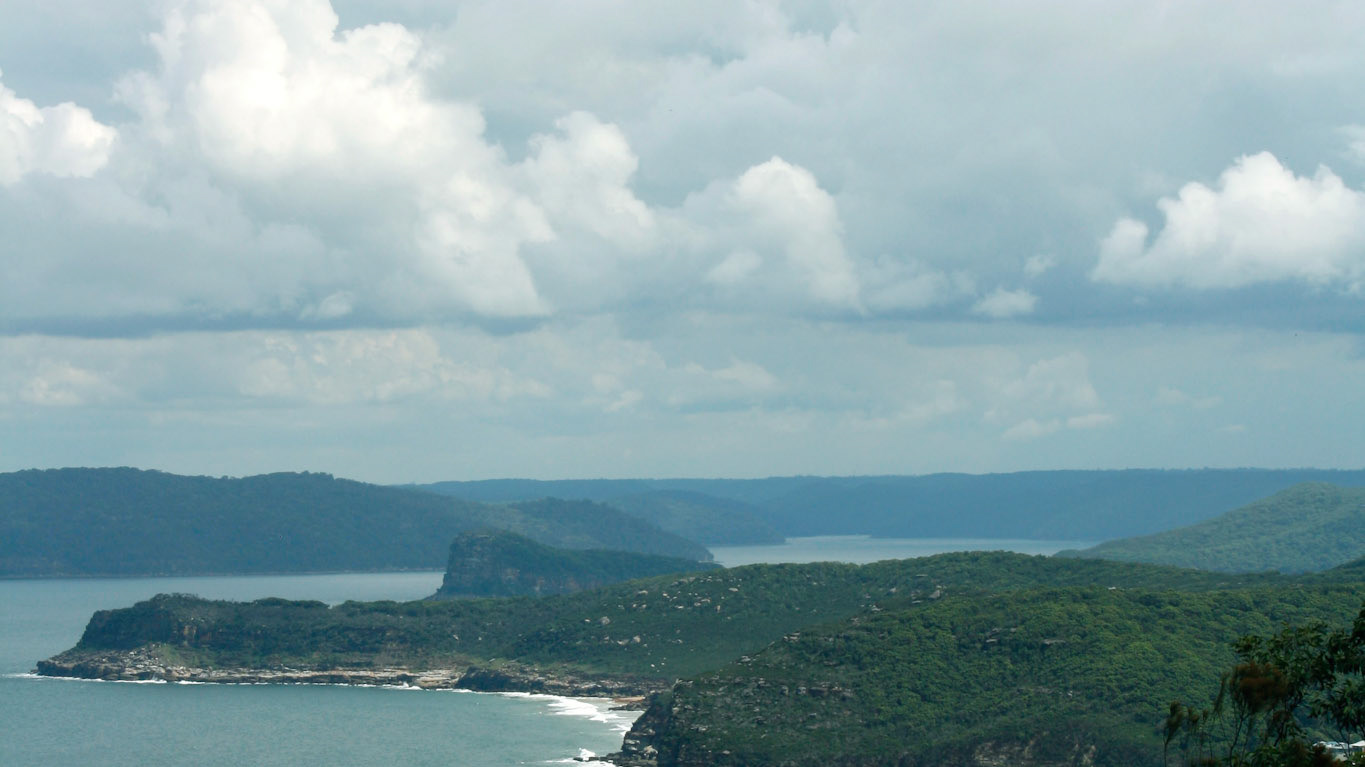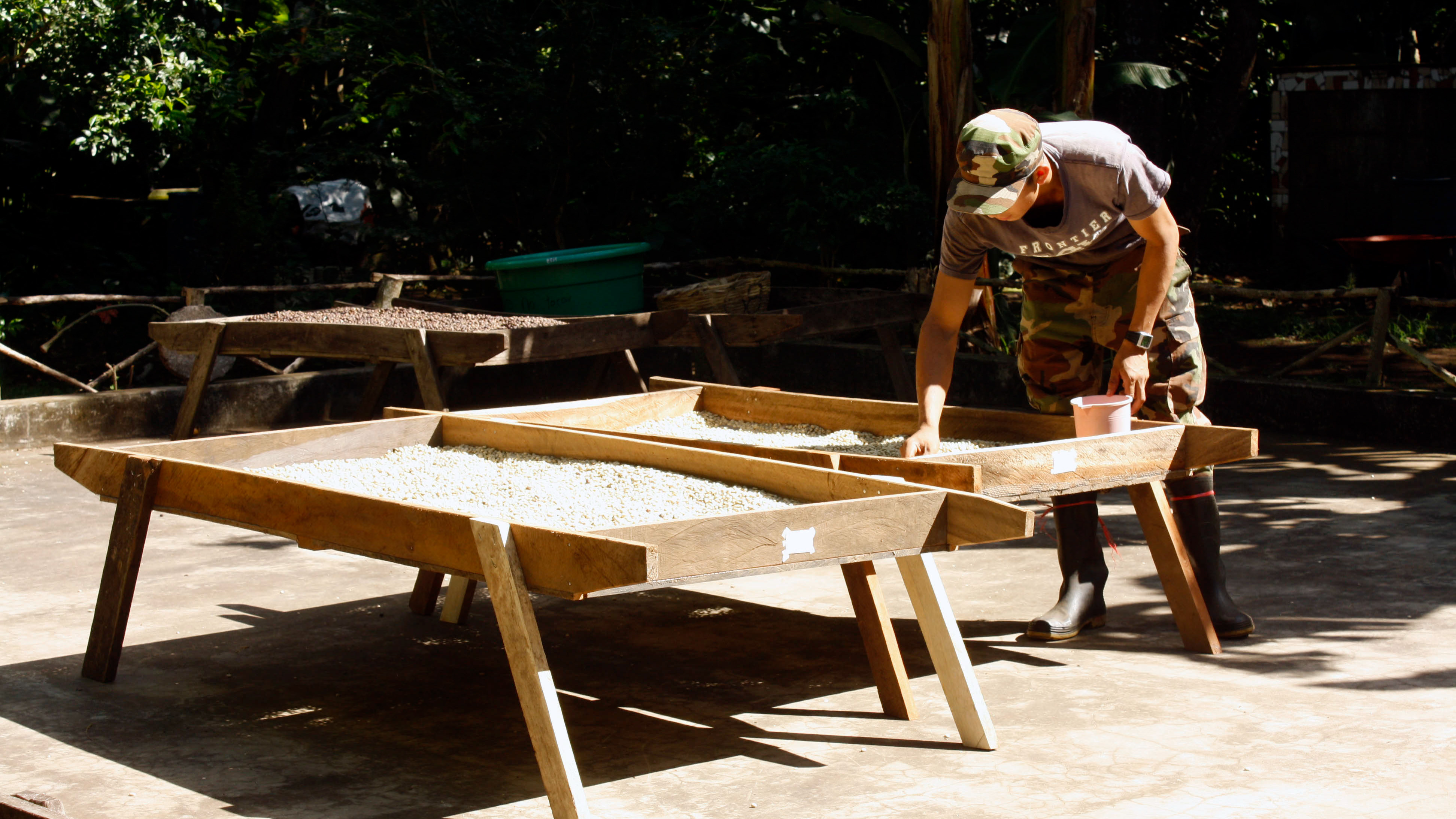There are rewards for adding stillness to a travel itinerary. A peaceful stop, a serene day, an enchanting experience, an hour or two in an aesthetically calming room — in whatever way stillness manifests itself in the travel itinerary, it is worthy of appreciation. Over the past few years, I have become conscious that deliberately adding a day or a segment of peace to my journey brings a new vitality to the trip. It allows for renewal and reflection; the lingering effect of being present in the moment brings an irreplaceable poignancy to travel itself. Several times I have stumbled into stillness when travelling. It has made me aware that I long for the experience. The benefits appear exponential.
In 2016, while teaching Art on a cruise ship in Asia, I was fortunate to stop in the port of Kanazawa on the West Coast of Japan. The art of indigo dyeing intrigued me. I had ‘googled’ indigo dyeing in Japan to come up with a small program at the cultural center just outside Kanazawa. I phoned from the ship to arrange a visit for myself, my husband and two fellow travelers. We caught a local bus to the ‘Kanazawa Yuwaku Sousaku no Mori Center for Crafts and Culture’ situated in the foothills about an hour bus ride from Kanazawa. The studios were open for casual sessions (as well as a range of programs) – best to ring ahead.
We chose the indigo dyeing but visitors could experience screen printing, weaving and the gallery. This is not an advertisement for the center, rather a tale about a peaceful place. There is a gathering of elements here - history, culture, tradition, community, landscape and art practice, but most surprising — there is a palpable sense of peace.
The site itself is preserved by the City of Kanazawa and features 5 nationally recognized historic landmark buildings including the Japanese Indigo Studio housed in an old pharmacy building built in the 16th century (and used to accommodate the Emperor of Japan when he visited Kanazawa in 1922). The studio is well equipped with 4 large vats and 2 long baths. Natural Indigo is used (plants are grown on the property for dyeing) and the smell of ‘sukumo’ is apparent in the room as you enter. We were taken firstly to the weaving studio where we prepared our cotton at a long table, using chop sticks, plastic bottle tops, rubber bands and stitching to create a resistance on the fabric that would leave white marks when dipped in the indigo. After the pleating (traditionally known as Shibori), we were taken to the Indigo Studio where we dipped our own fabrics, rinsed them in the baths and then allowed the air to do its magic with the plant dye. We were guided from building to building and tutored by our “artist” who dealt with our lack of Japanese language with grace and a lot of smiling. The delight of artistic discovery is a universal language and the lack of words and abundance of smiles only added to the peacefulness of the experience.
The calm in this setting radiates off the winter hills still daubed with white from the recent snow. The landscape embraced us. Stillness seems to be a tangible element of the extensive grounds and the old buildings. A story is being told here – a story of place, a story of forest, of walking paths, of mountain spas and healing, of old practices and ancient ways of architecture — all these elements are honored in a contemporary setting. There is a huge tipi style swing on the grounds, which are open to the public for picnics and community events. After our emersion experience (about 3 hours), we visited the small mountain village of Yuwaku about 5 mins from the center. The quiet village left us free to wander down the center of the main street: an occasional car, the local bus sat waiting for its departure time, little shops and several guest houses, and a little tea house upstairs above a shop where we drank coffee and chatted about the day. The town was bathed in stillness. Our little group shared a sense of appreciation that we had stepped out of the usual hustle of cruise life and shore excursions and created for ourselves a little gentleness, a serene day, and the landscape and culture responded to our choice by providing a unique, almost enchanted experience.
The second place that convinced me that a quiet day placed strategically in a travel itinerary can be potent is a stop in Reykjavik, Iceland. I was in town to visit the Harpa Concert Hall and Conference Centre. Think of dropping an ice cube into a drink then magnify this in your imagination a hundred thousand times; then picture that larger cube having picked up all the colours of the earth and sky and being dropped into the Reykjavík harbour - you have Harpa Concert Hall and Conference Centre. This unique building won the 2013 European Union Prize for Contemporary Architecture - Mies van der Rohe Award. Designed by Henning Larsen Architects and Studio Olafur Eliasson, the building is located in the old harbour between Reykjavik City and the North Atlantic.
When outside the building it appears to float, casting its reflections in the water below; when inside the building it seems as if you are in the harbour, just one of the small boats casting its colours with its nets. The design of the facade is based on a geometric principle; the characteristic local basalt formations providing the inspiration for the glass structure that covers the entire building. This crystallised basalt has reflective properties, reminiscent of ice — every face a mirror. Providing a kaleidoscopic view of city or harbour, the glass facade of Harpa imitates this natural landscape feature. In the foyer of the Harpa, we found a booking desk and a brochure indicating a small bus tour travelling to what is popularly known as the Golden Circle in Iceland. We decided to go with the flow. Allow ourselves to be guided, literally, permitting that we should once again be taken from the scheduled itinerary into our own little Narnia. Iceland already screams peace, if that is a forgivable oxymoron. I think it is, because the peace in Iceland is so loud. The air is so clean. The remoteness is so visible.
With only two other passengers on the bus, the trip visited the the Geysir Geothermal area, the Golden Gullfoss waterfall, and the UNESCO heritage-listed Thingvellir National Park (Þingvellir). Driving through a landscape generously punctuated with idyllic misty views and long horizons, our little bus stopped to view the place where the north-American and Eurasian tectonic plates meet. Iceland is shaped by the Mid-Atlantic rift, Reykjavik being on the north-Atlantic plate while the eastern fjords are on the Eurasian plate. The geology is compelling, the panoramas awe-inspiring, but it is the stillness that leaves a marked impression. Walking a small path from the Golden Gullfoss Waterfall, I had an overwhelming feeling that I could fly. I could imagine my feet gently lifting off the ground and myself sailing over the landscape. I felt liberated by the stillness and the clean, clear air, almost euphoric.
At another place in the road we stopped to visit with Icelandic horses in the field. The moment of peace carved out in my psyche by standing in a wide open field in Iceland with two sturdy unencumbered animals is irreplaceable. This one day added to our travel itinerary has given me a reservoir of serenity to draw from in times of unease. Not only did it bring joy and calm to the journey, but it infused the memory of travel with exhilaration and inner calm and unexpected expansion. Stillness slows us down. It extends the time of our travel adventures. It brings unexpected beauty. It opens our eyes to unseen treasures and brings us home with memories that are more deeply embedded in our senses, and colours that translate into new travel ideas.


